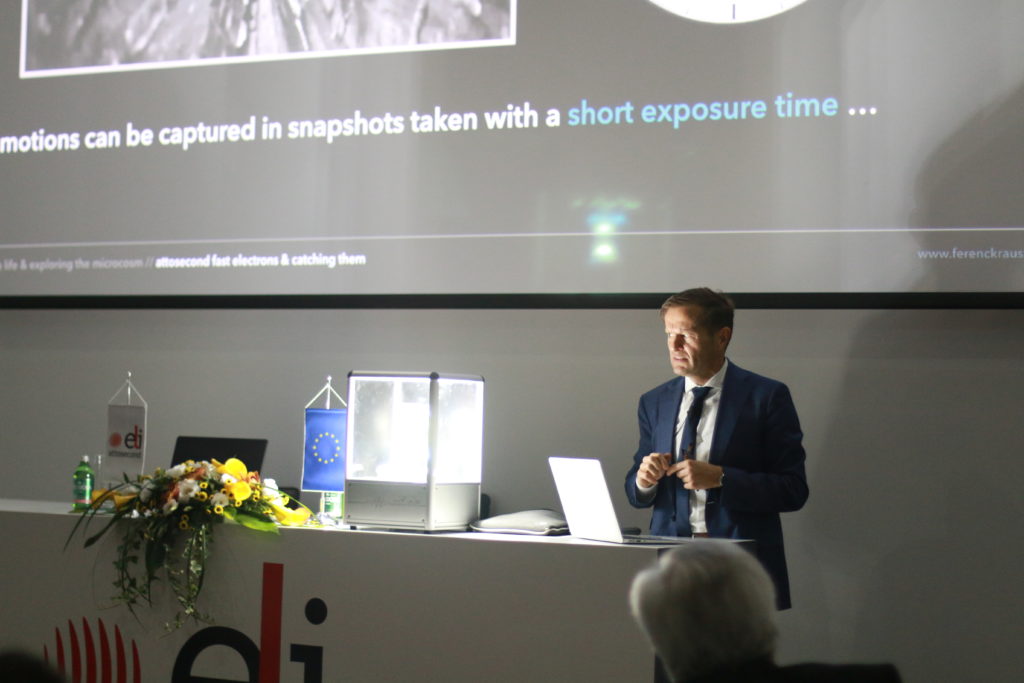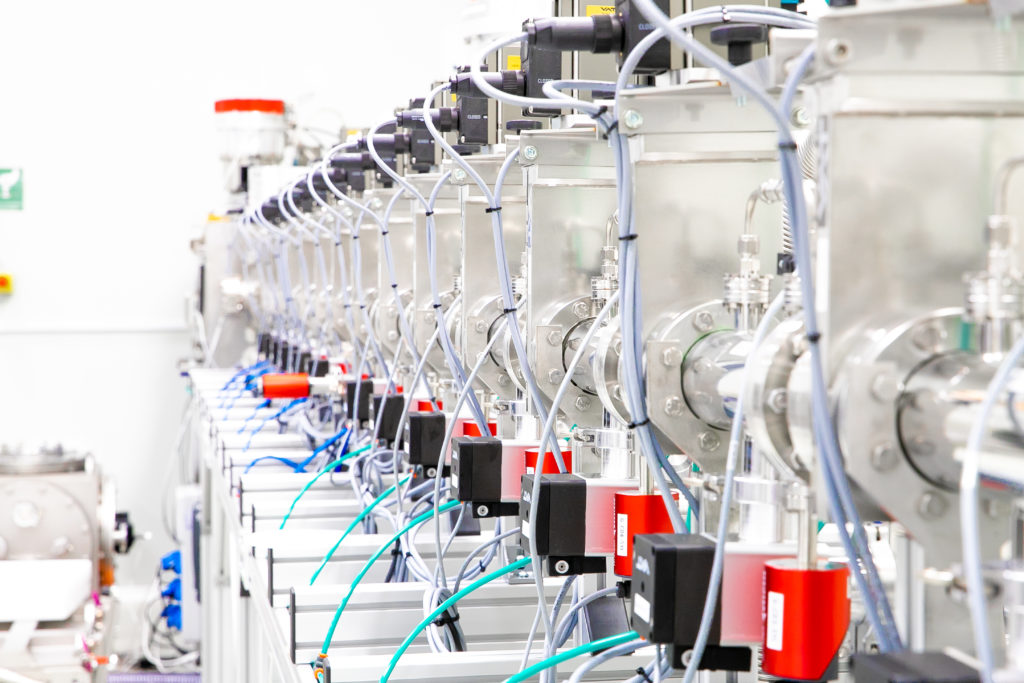
2023 Nobel Prize in Physics Honours Innovators in Attosecond Science
The 2023 Nobel Prize in Physics recognises the pivotal contributions of Pierre Agostini, Ferenc Krausz, and Anne L’Huillier in attosecond science. Their work in creating and characterising attosecond light pulses offers a view into the ultrafast processes that dictate matter’s behaviour.
That research was instrumental in the vision to build the Extreme Light Infrastructure (ELI). The ELI ALPS Facility focuses specifically on producing and analysing attosecond and ultrashort light pulses. It is the largest and most advanced laboratory in the field. This marks the second time in recent years that ELI’s research has been spotlighted. The 2018 Nobel Prize was awarded to for Chirped Pulse Amplification (CPA).

“The most recent Nobel award underscores the significance of ELI in science,” says Allen Weeks, Director General of ELI ERIC. “The vision and work of these pioneering scientists have put ELI at the forefront of laser-based research, probing matter’s most basic properties – this is shaping the world today.”
The trio’s work carved a path for studying ultrafast electron processes. As attosecond light sources become brighter, faster and more dependable, the potential for breakthroughs in fields like technology, medicine, and materials science, grows.
“We already know well the work done by Anne [L’Huillier], Ferenc [Krausz] and Pierre Agostini,” says Gábor Szabo, Director of the ELI ALPS Facility. “We aren’t so surprised in the attosecond community, but this nod from the Nobel Committee helps to raise awareness of the power of attosecond science for other disciplines, and creates excitement in the field.”
Both L’Huillier and Krausz played vital roles in shaping ELI ALPS. Krausz was among the leading scientists proposing to build ELI ALPS nearly a decade ago, and a leading author of its scientific case. He was a particularly strong advocate of placing the facility in his home country, Hungary.
L’Huillier’s leadership led to the design and realisation of the SYLOS LONG gas harmonic generation beamline. As one of the longest harmonic generation beamlines in the world, its high flexibility, and built-in pump-probe interferometer, and optional future developments make it a versatile tool for conducting a wide range of studies in the ultrashort timescale. Its adaptability and planned enhancements for broader wavelengths make it a key instrument for ultrashort timescale research.

“Anne’s [L’Huillier] work as a scientist is transformative,” says Katalin Varjú, Science Director at ELI ALPS. “She’s not only influenced the attosecond field but also inspired a whole new wave of researchers.” That includes Varjú herself, who studied with L’Huillier in Lund, Sweden as a postdoc. “My time in Lund was a very interesting and inspirational period of my career and I am deeply indebted for her continued support. “
This year’s Nobel Prize in Physics shines a spotlight on the profound impact of attosecond science, with Agostini, Krausz, and L’Huillier at its helm. Their efforts peeled back layers of the quantum realm, offering unprecedented insights into the processes that define the behaviour of matter. ELI will build upon the legacy of these laureates, driving forward the frontiers of attosecond science and ensuring their transformative discoveries continue to shape our understanding of the universe.